Royal Botanic Gardens Edinburgh
The Royal Botanic Garden Edinburgh is located in Scotland. It consists of the main garden, Innisfree, located in the north of Edinburgh, and three other gardens: Dawyick, Benmore, and Logan. Due to differences in topography, soil, and climate, the four gardens have their own characteristics. The main garden covers an area of 32 hectares (0.32 square kilometers), and there are more than 40,000 species of plants cultivated in the garden, representing 7% of the known plant species on the earth.

High-level design of trees, bushes, stone placement, and steps

Classic Plant Arrangements for Rock Gardens
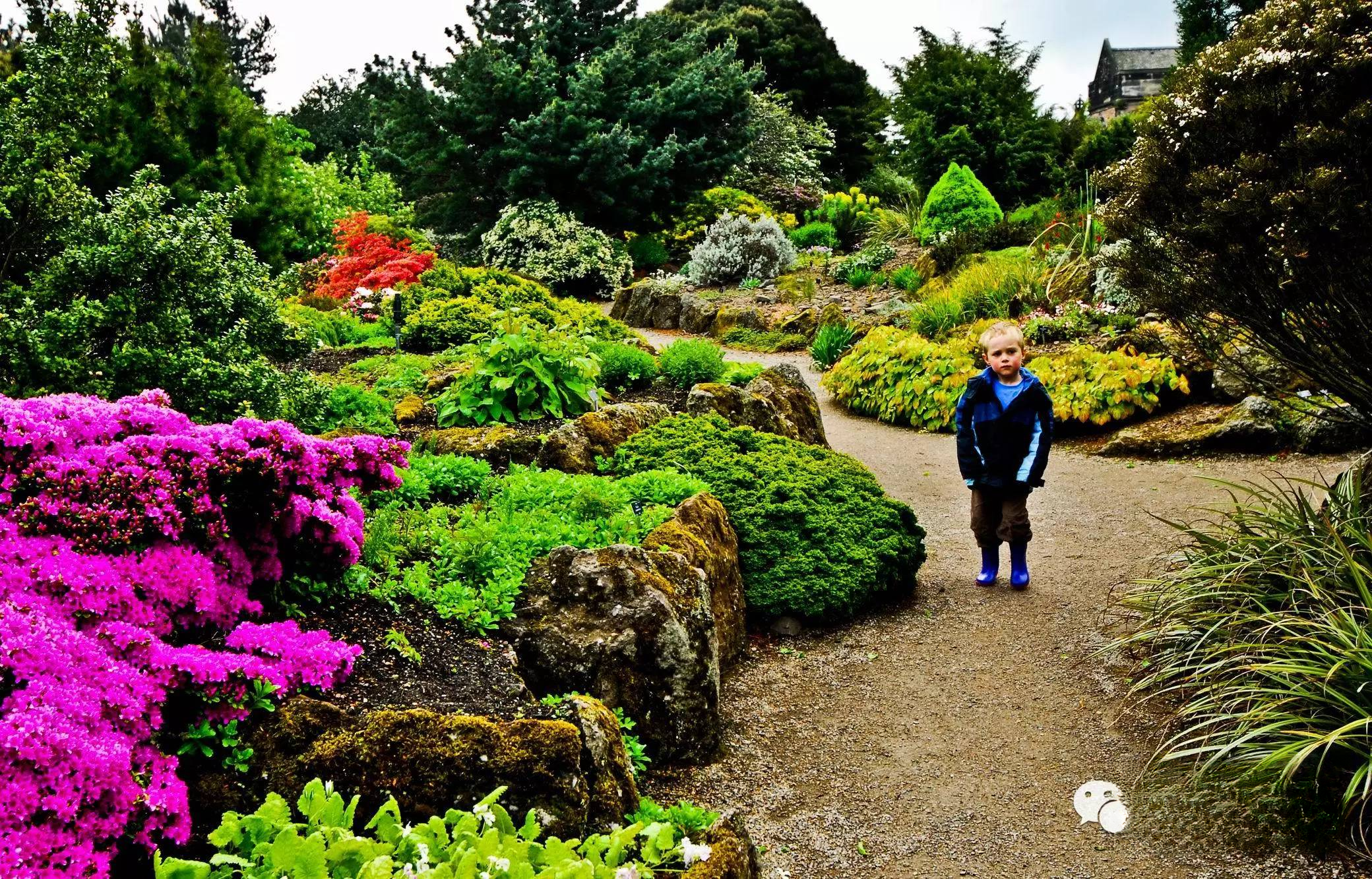
The rock garden is very skillful in its placement of stones. The gravel road is conducive to water seepage, and it is natural and inexpensive.
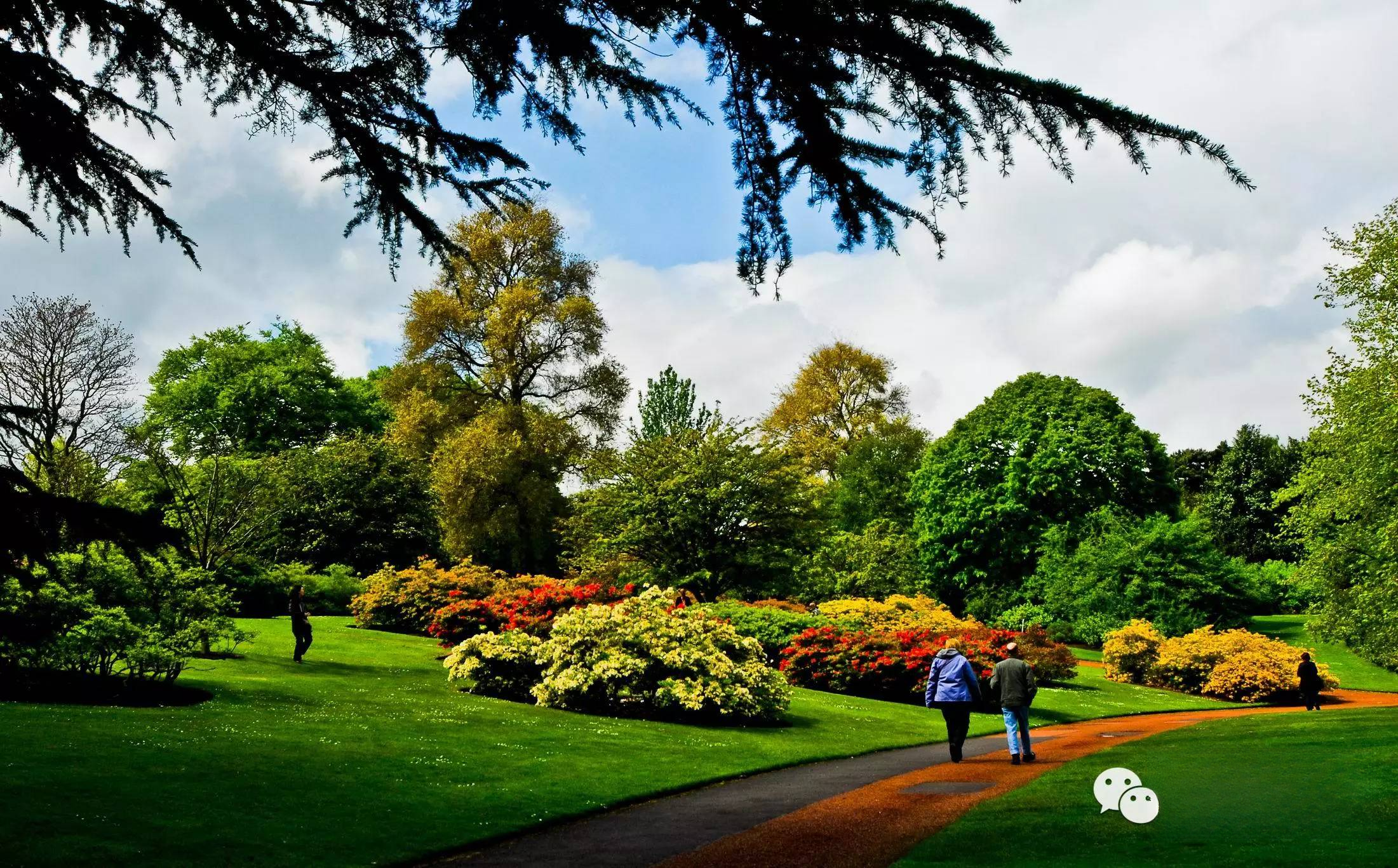
The Rhododendron Garden is the main specialty garden of the Edinburgh Botanic Gardens and is very popular with visitors.
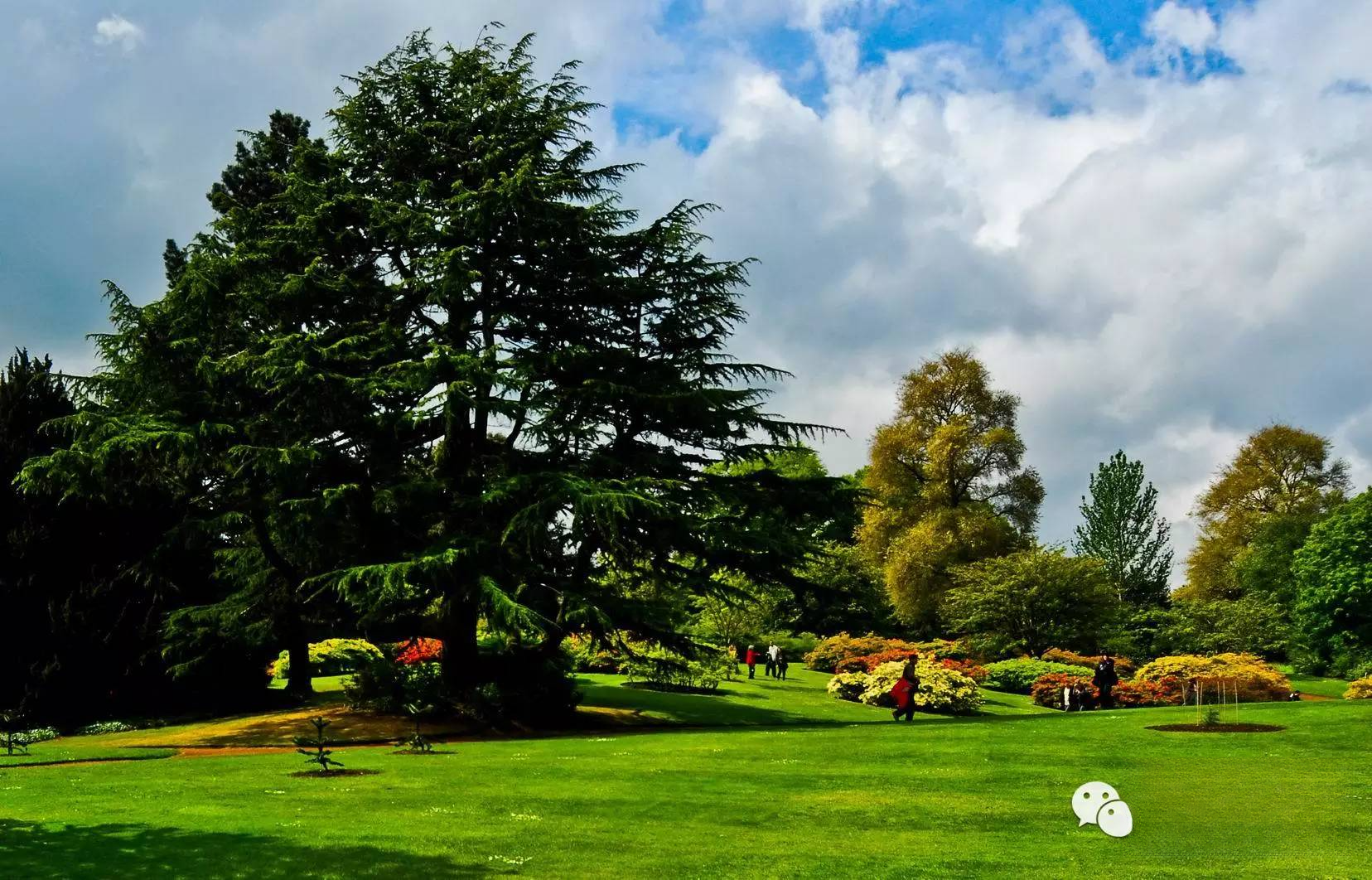
Looking at the azalea garden from a distance, the space is open and the field of vision is broad. The tall, dark green cedars and the brightly colored azaleas form a strong contrast.
The Edinburgh Botanic Garden was founded in 1670 and is the second oldest botanic garden in the UK. Due to its extensive introduction and cultivation, the Edinburgh Botanic Garden is at the forefront of world plant science and has become one of the most important and extensive plant species collection areas in the world.
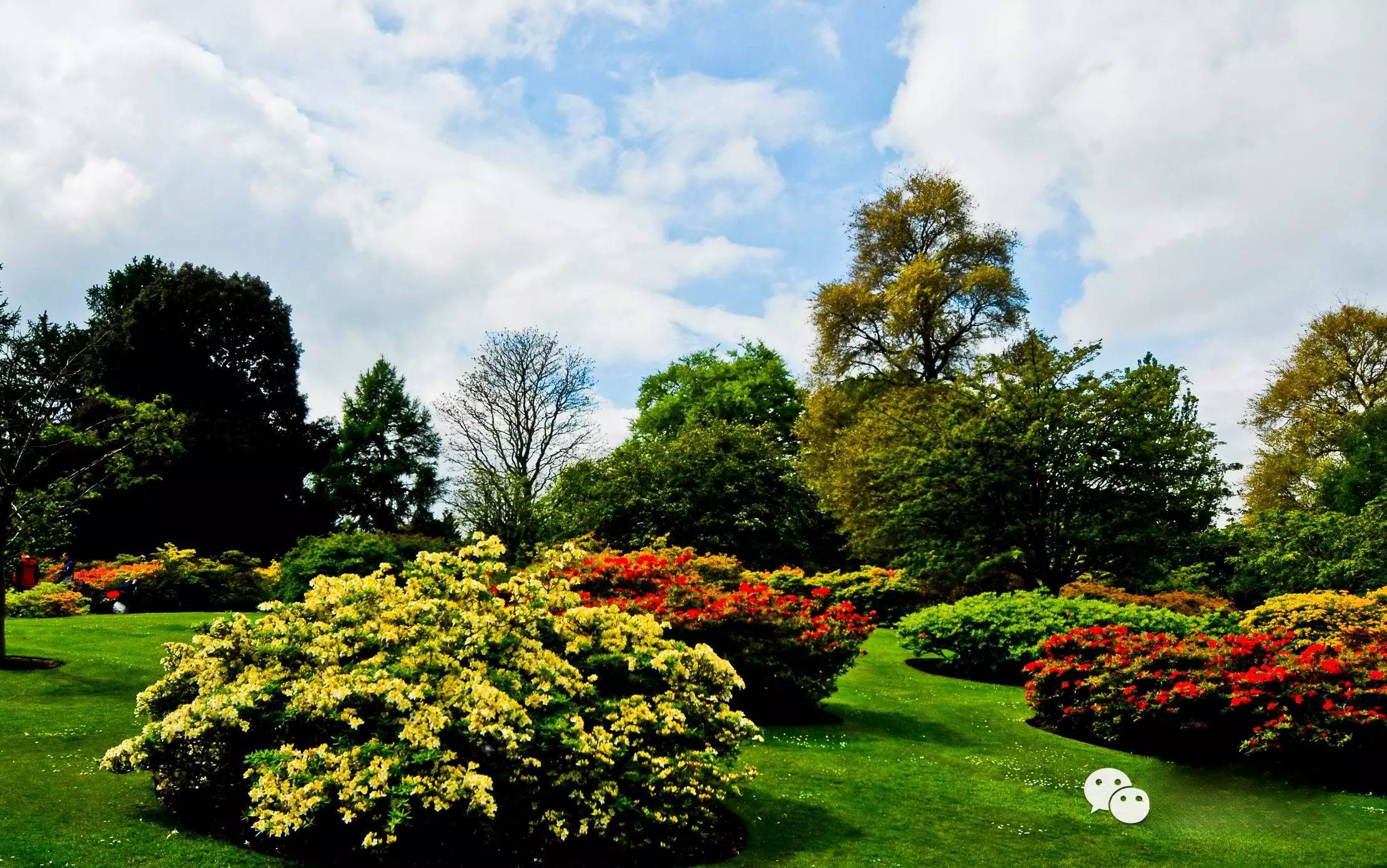
The tall azaleas planted along the grassy slopes make visitors indulge in the winding painting.

The red clay garden paths, green lawns and naturally planted trees are harmoniously combined

The colorful space of trees and grass slopes becomes more lively because of the appearance of the little girl.

Plant area
Edinburgh Botanic Gardens is a world leader in the study of rhododendrons and heathers. In the early 20th century, Scottish botanist George Fowler collected more than 30,000 plant specimens in the Himalayas and the southwest, and collected and introduced more than 300 species of rhododendrons, as well as seeds of magnolias, camellias, lilies, peonies, gentians and primroses, making Edinburgh Botanic Gardens a center for rhododendron research.

A huge azalea tree over 100 years old

From the commanding heights of the rock garden, you can walk down the slope to see a rich variety of rock plants.

The evergreen pine and cypress plants are the elements that enclose the rock garden space.
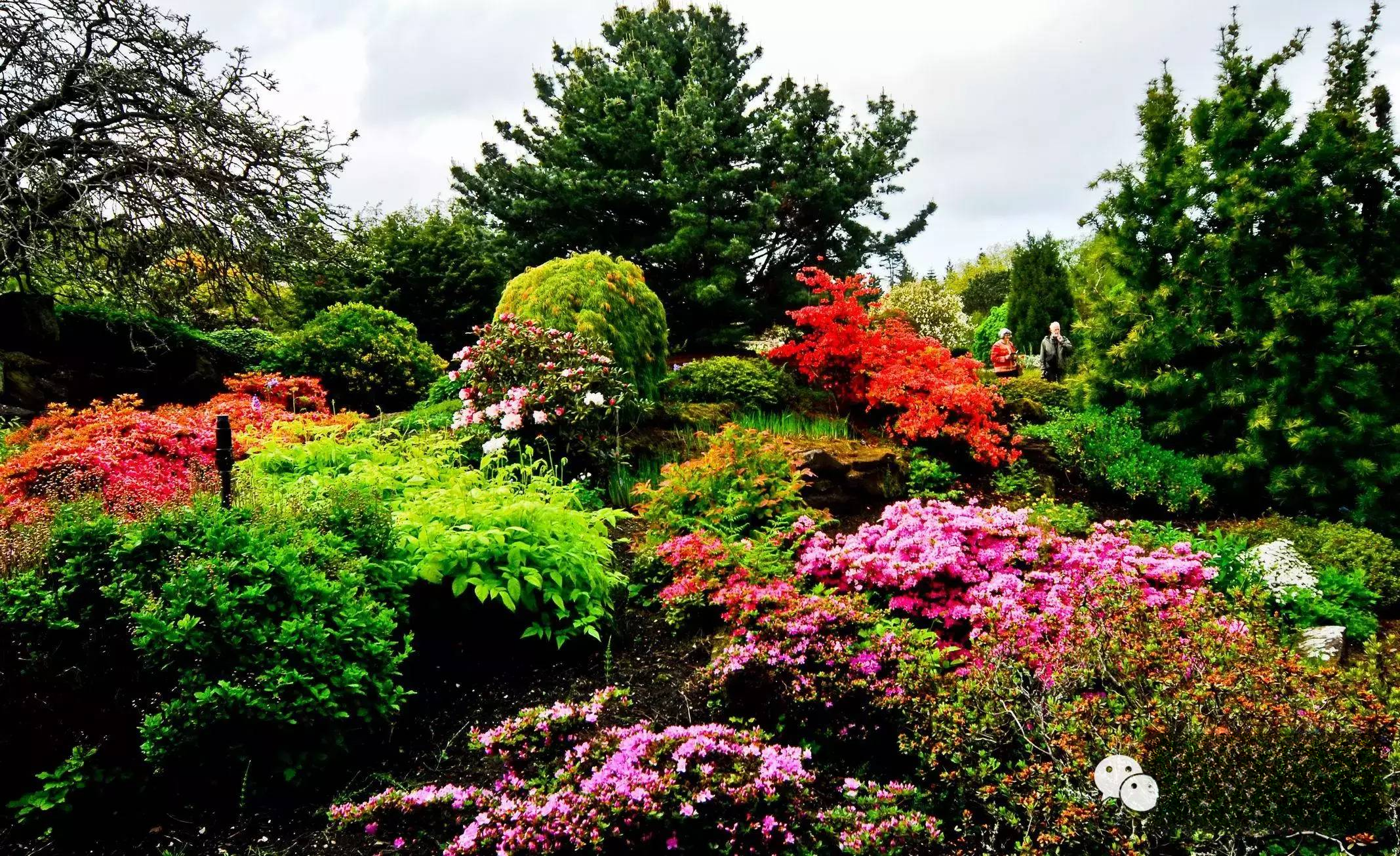
The area dominated by dwarf rhododendron
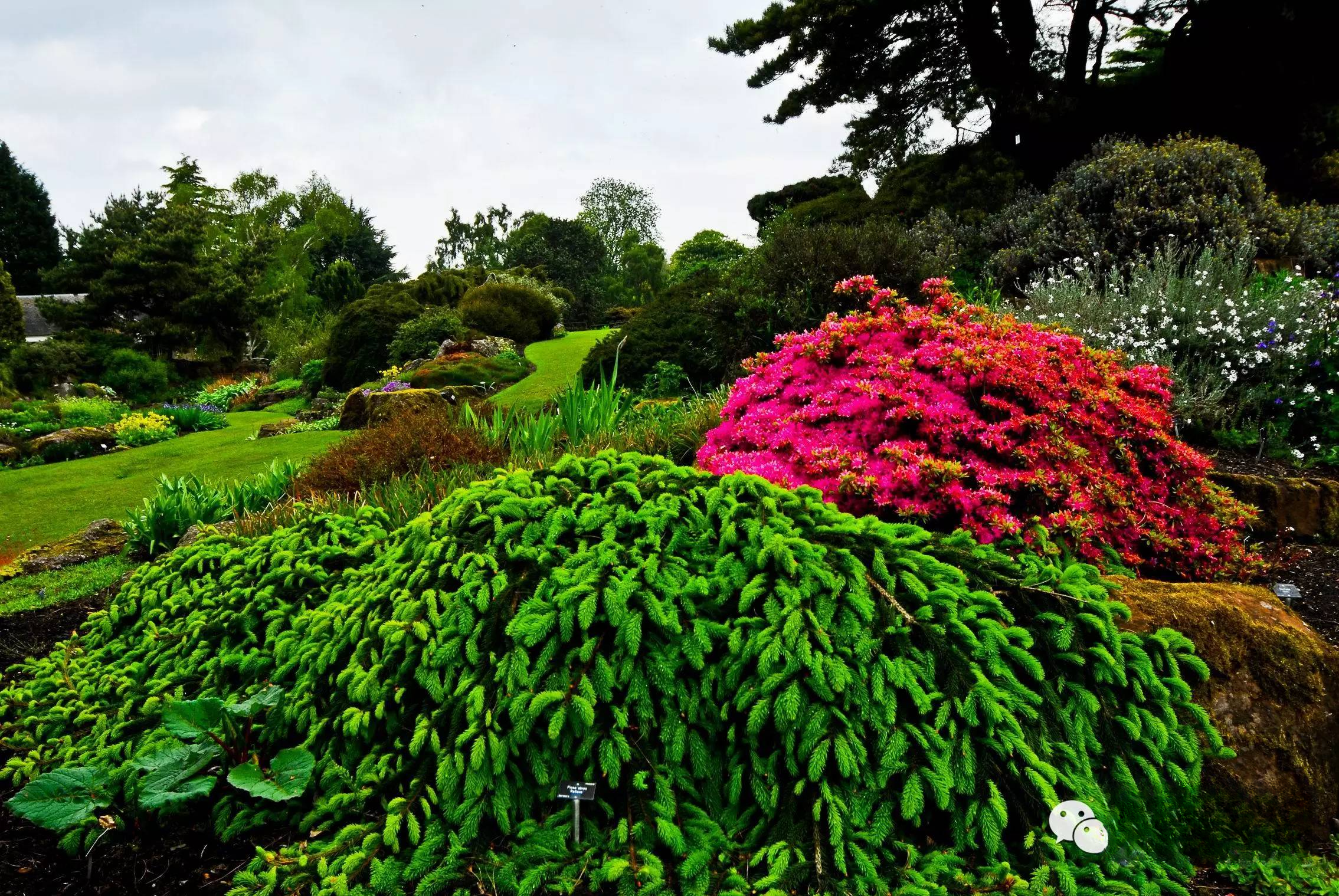
View the rules and layout of the rock garden from a commanding vantage point
The rock garden of the Edinburgh Botanic Garden is also the most famous and influential rock garden in the world. It was built in 1860 and covers an area of about 1 hectare. It cultivates more than 5,000 rock plants. Its layout is staggered, natural and smooth, and full of artistic conception. Rockeries, streams, and stacked stones form a planting space for rock plants. The rich plant species create a dazzling plant landscape that makes people linger among the flowers and green grass. There is also a plant park in the garden that specializes in displaying plants from. The Edinburgh Botanic Garden has a beautiful appearance, especially the azalea garden with tall plants and colorful colors, which can be called a classic in the garden.
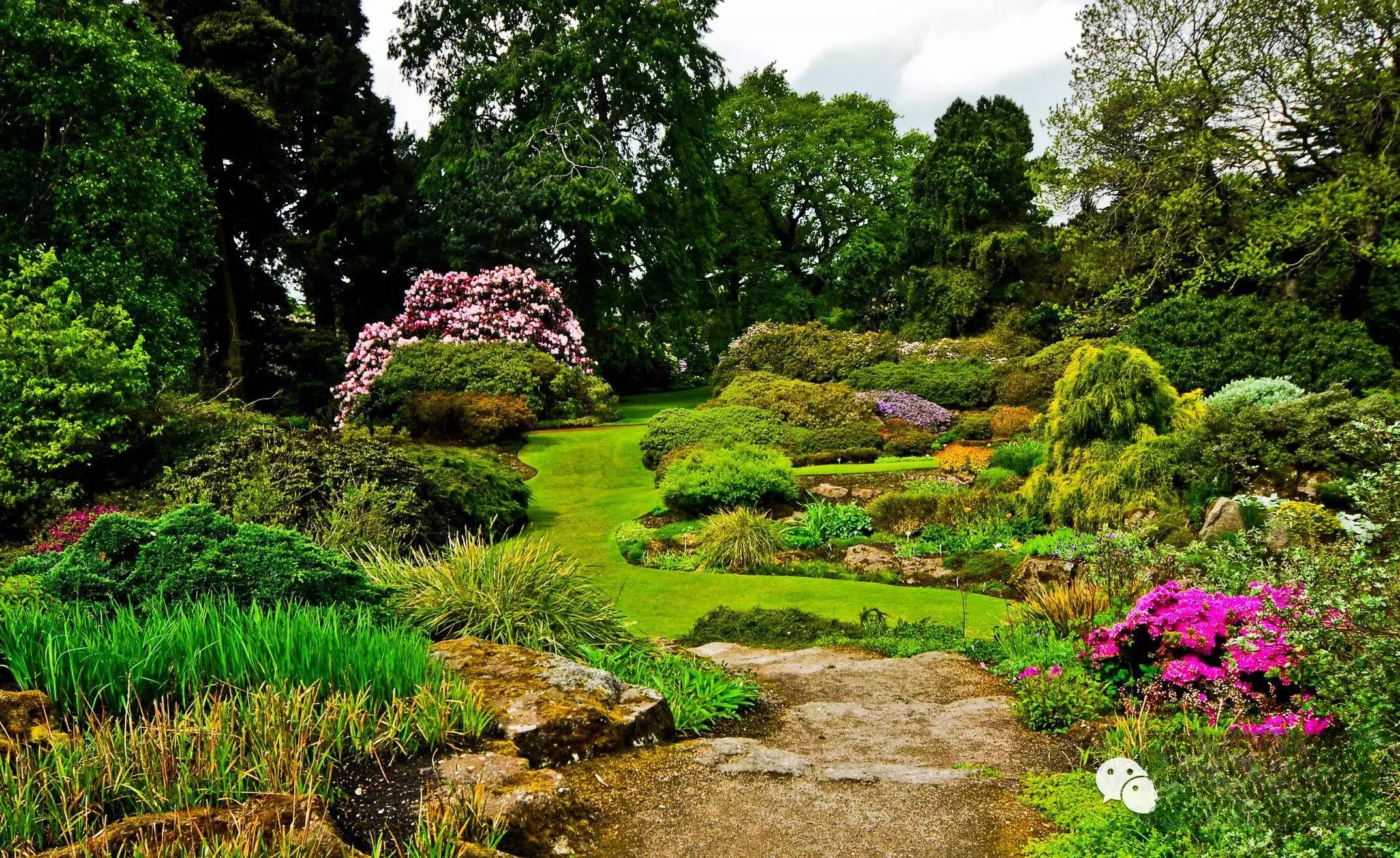
The grass path and stepping path on the hillside are combined naturally and cleverly
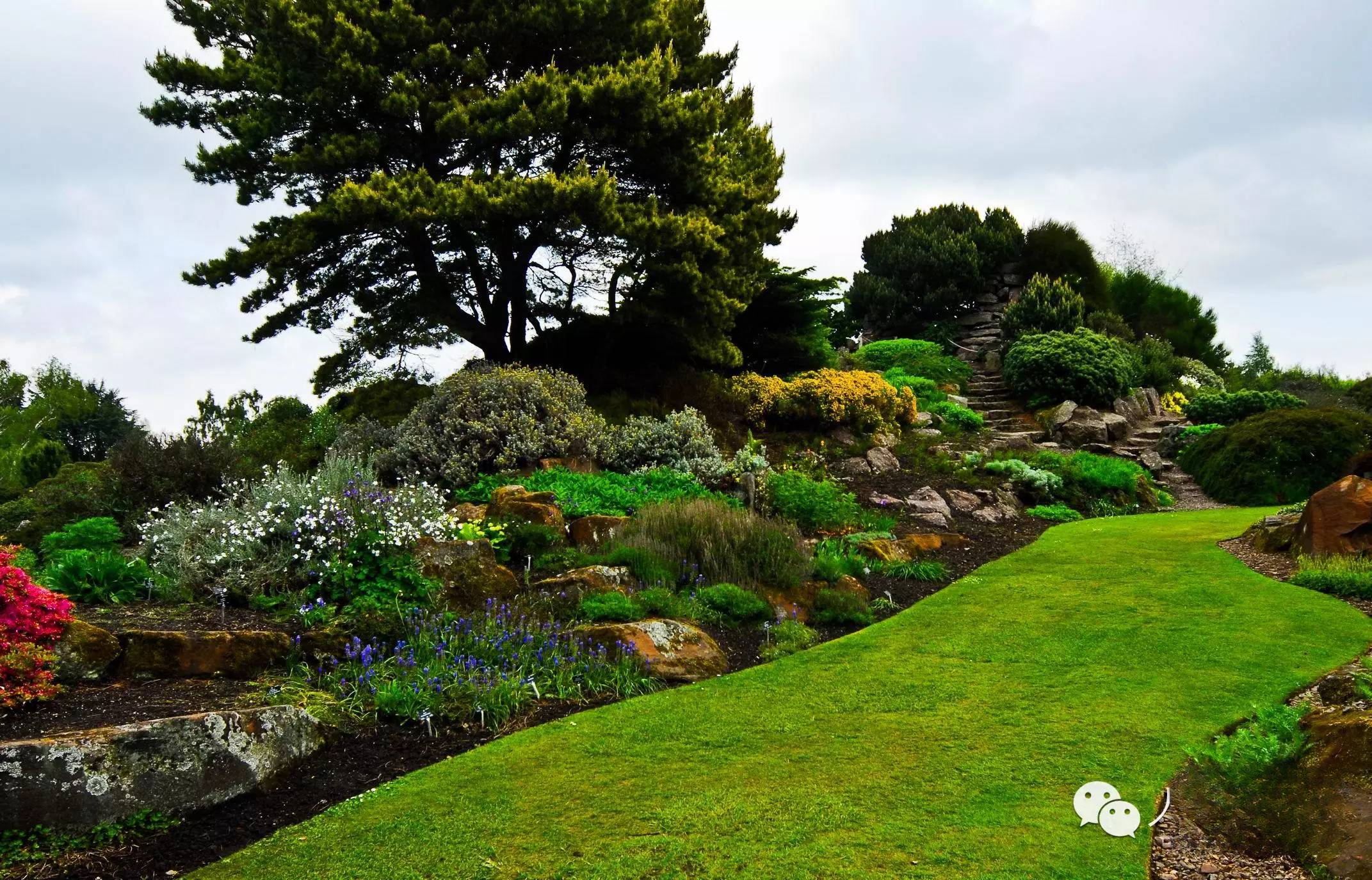
Dark background of rock garden and verdant cozy grassy slope path
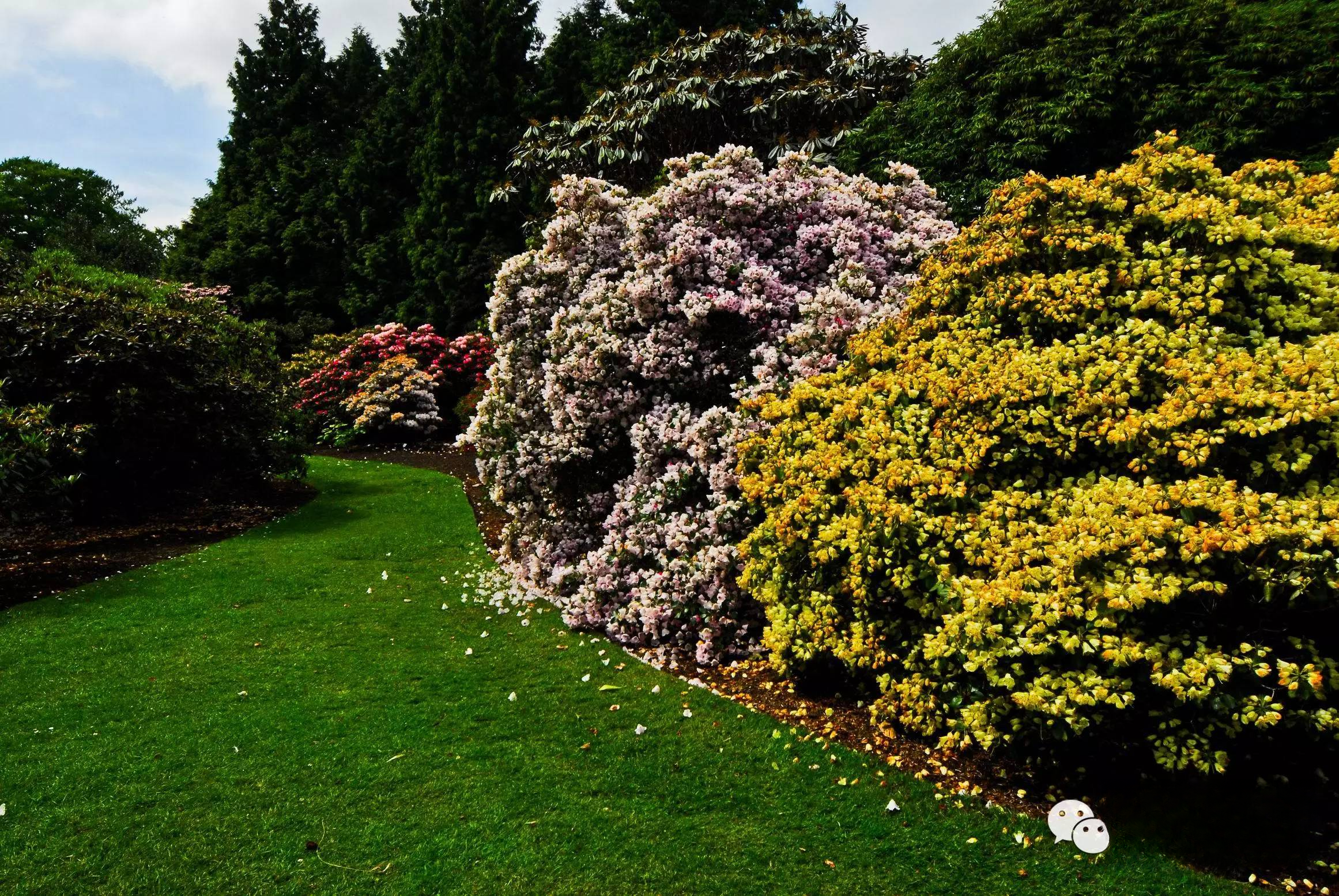
Tall azaleas are planted as a backdrop at the edge of the rock garden
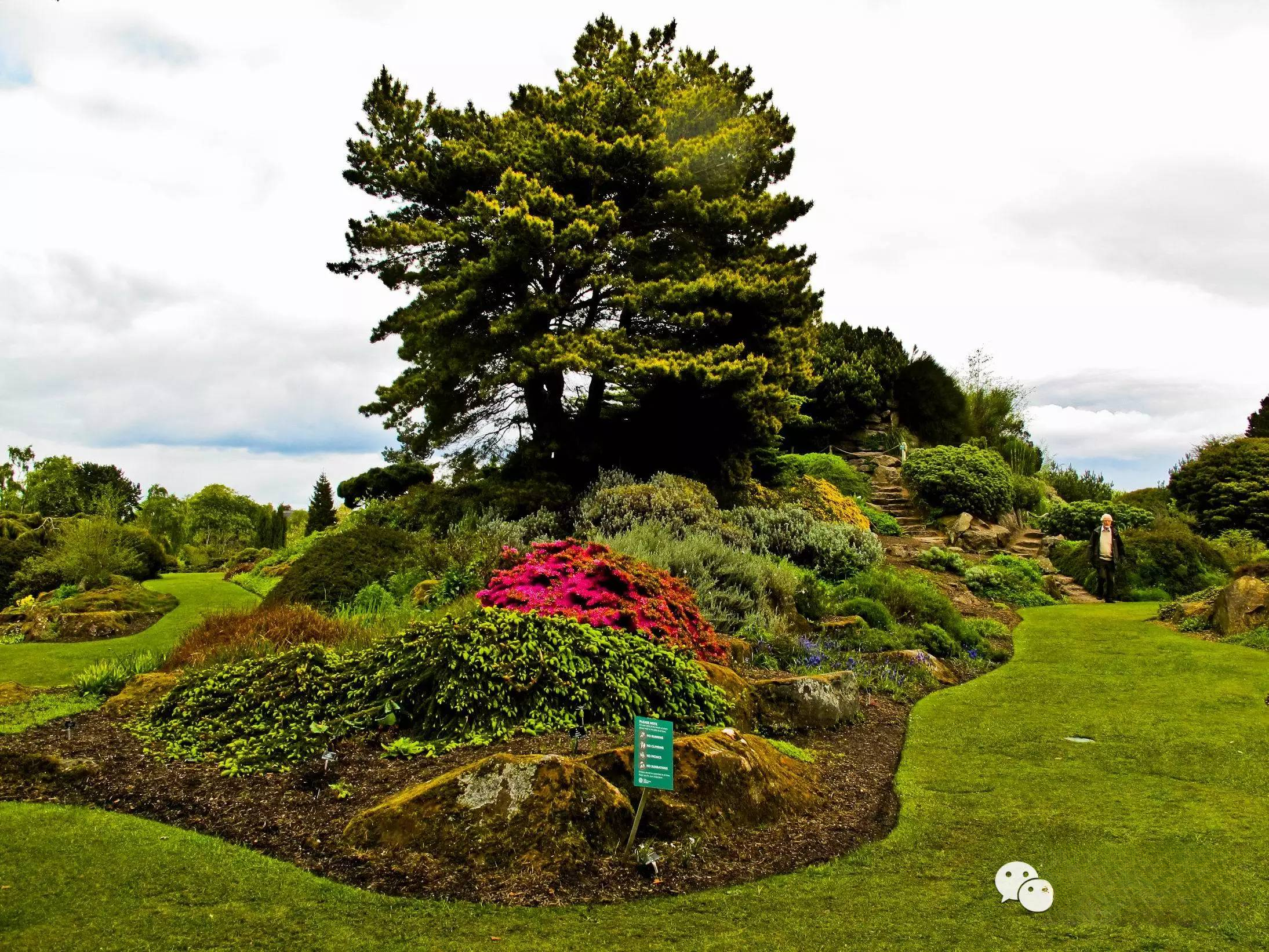
Deep space on both sides of the rock garden's commanding heights

The stream flowing down from the highest point of the rock garden flows into the pool
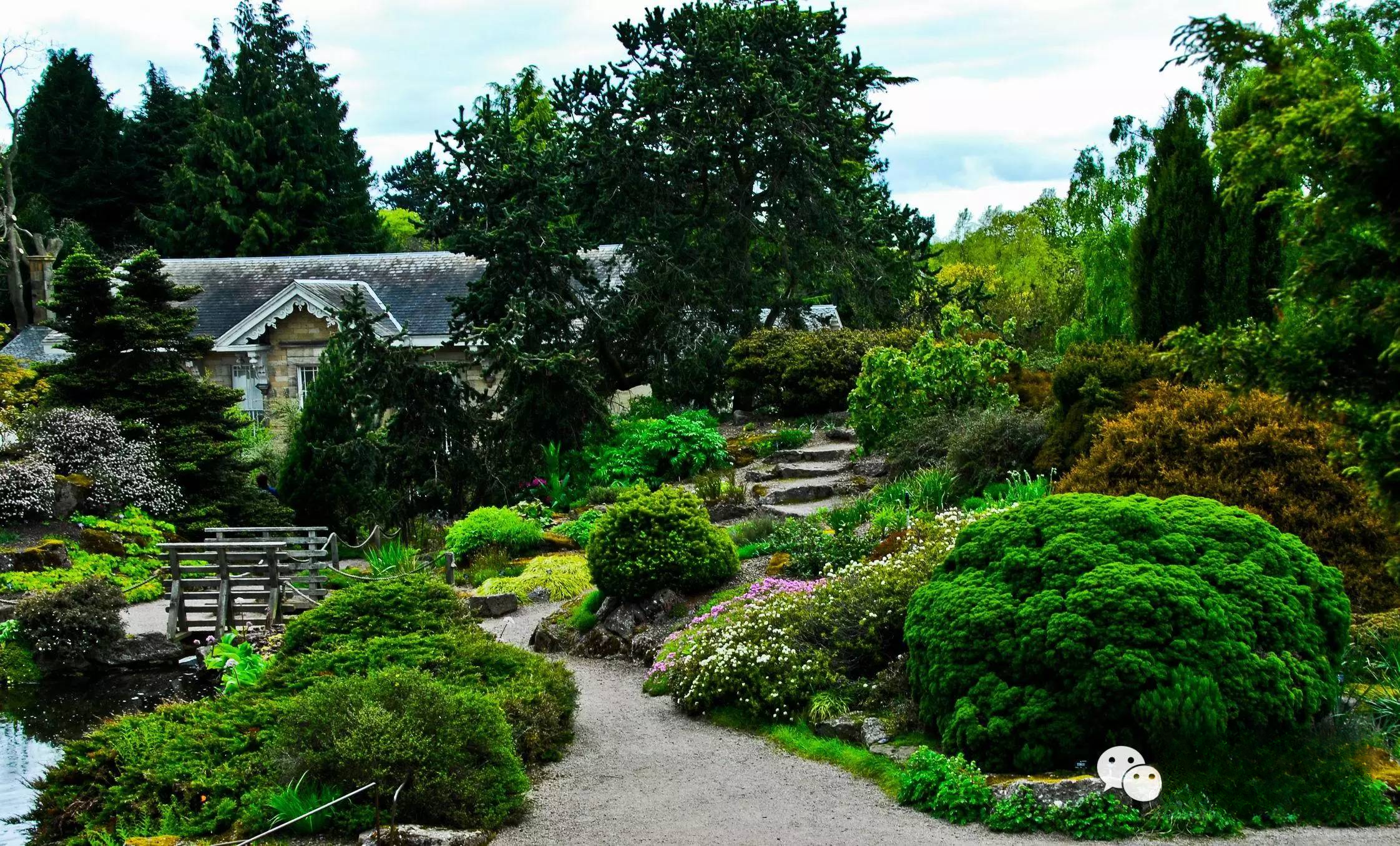
Plant arrangement, stone placement and steps around the management room
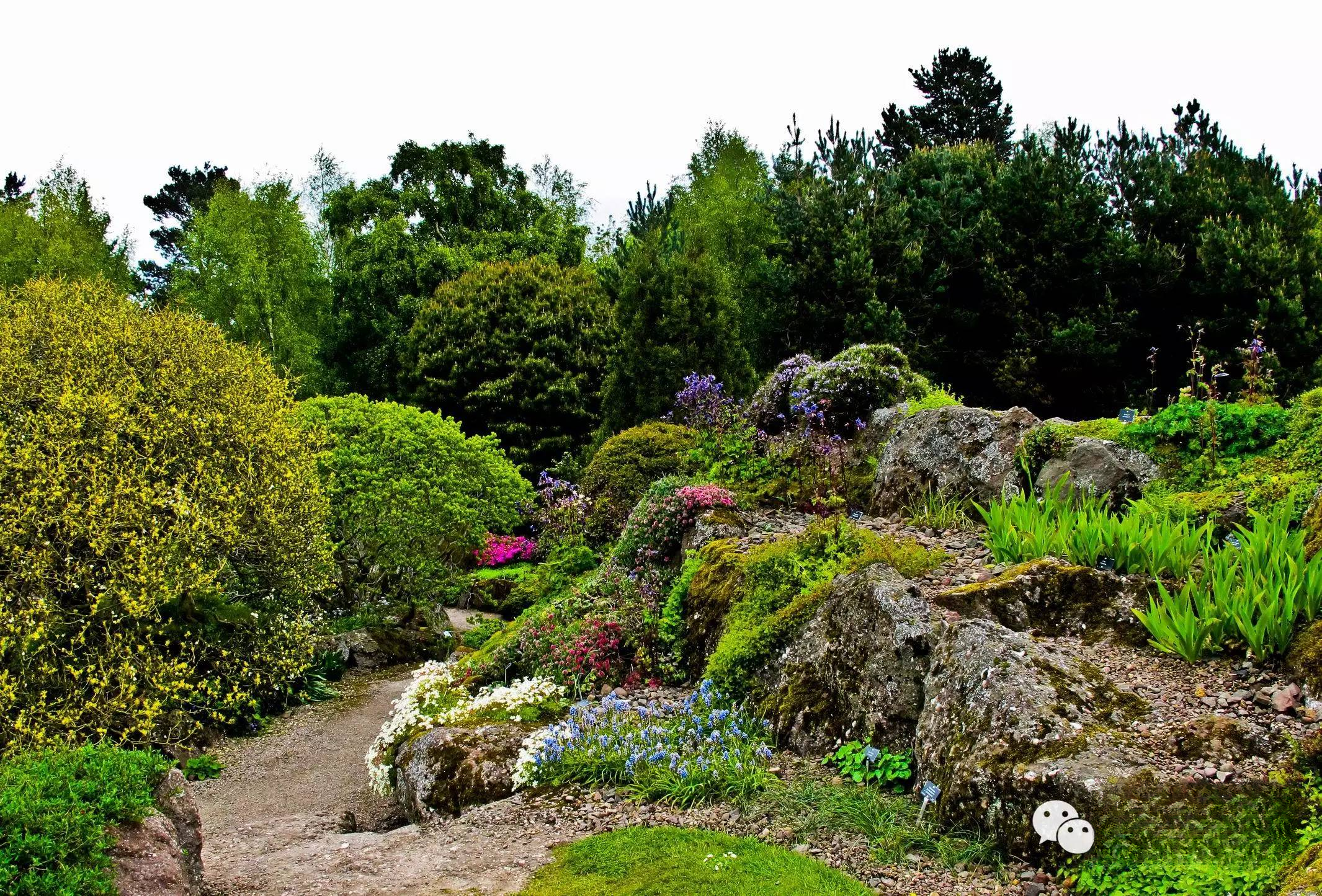
Perennial rock flowers against a dark green background